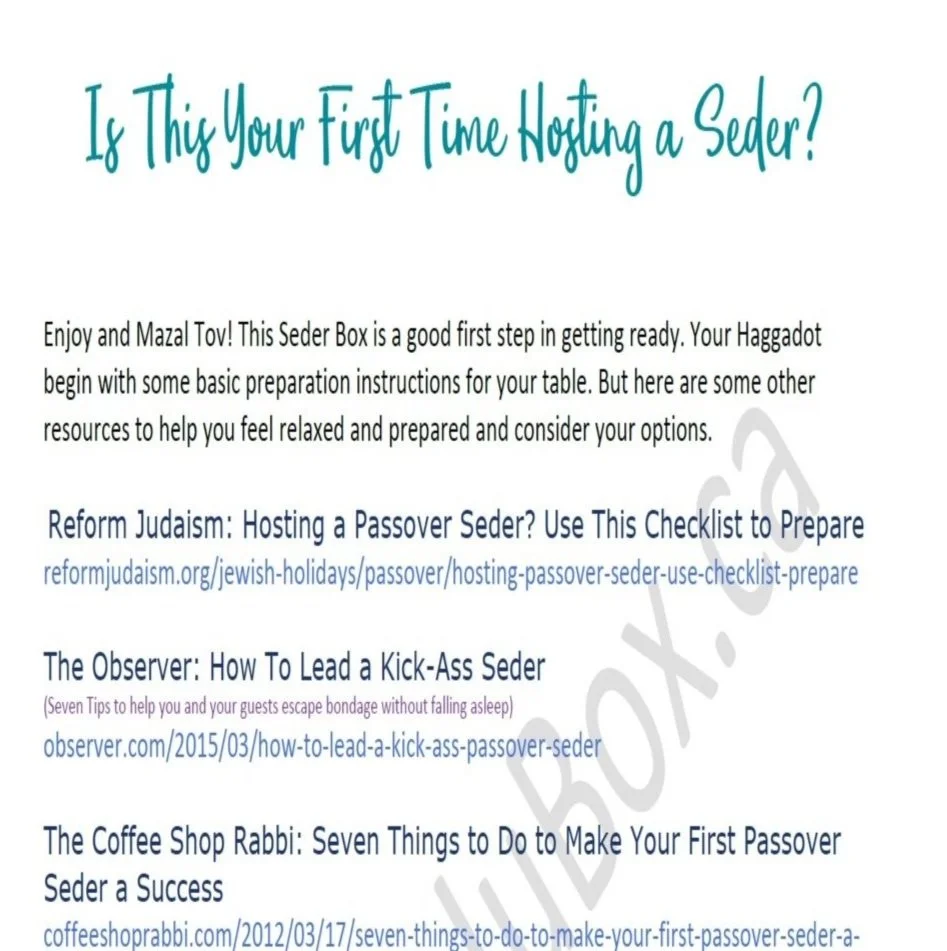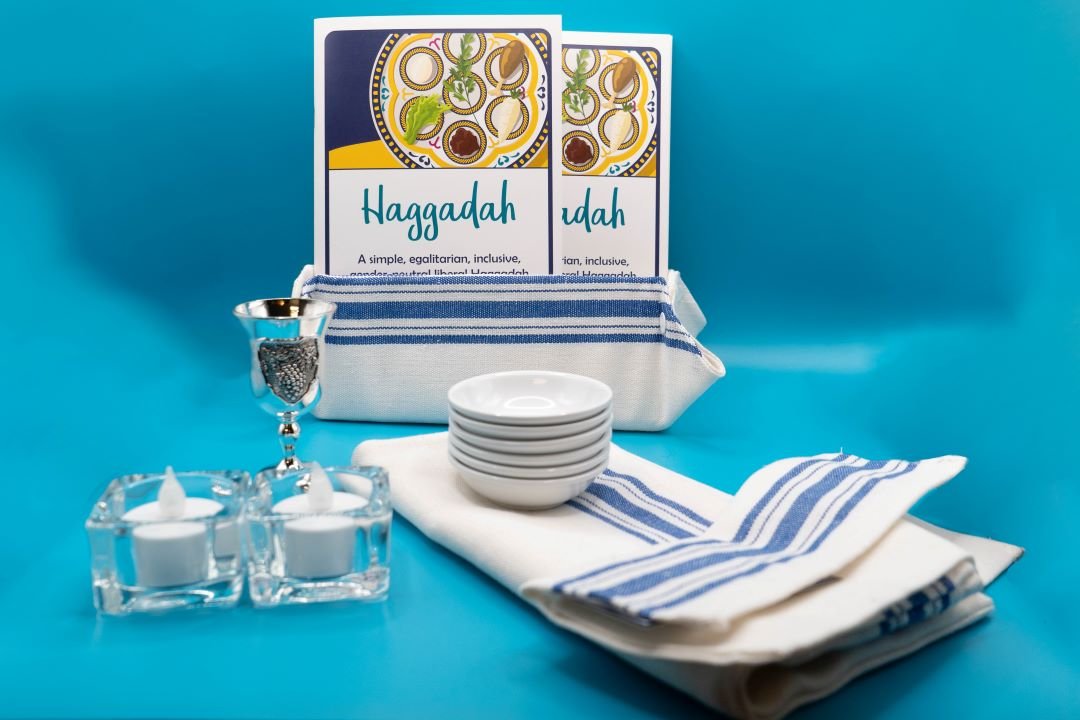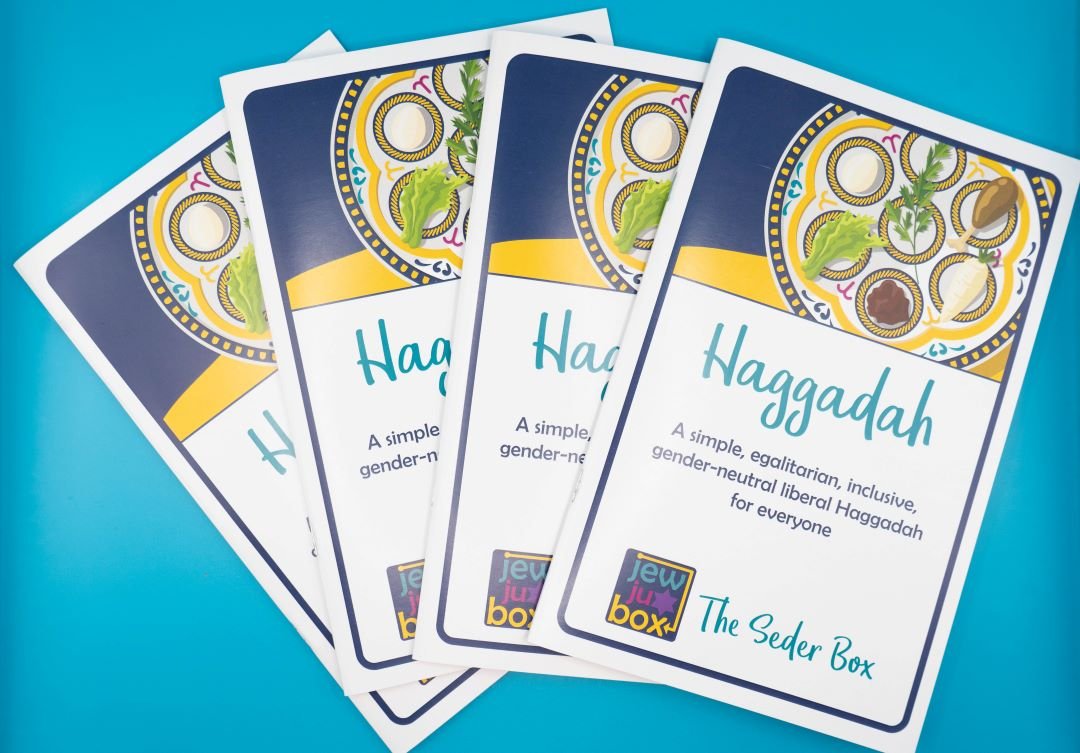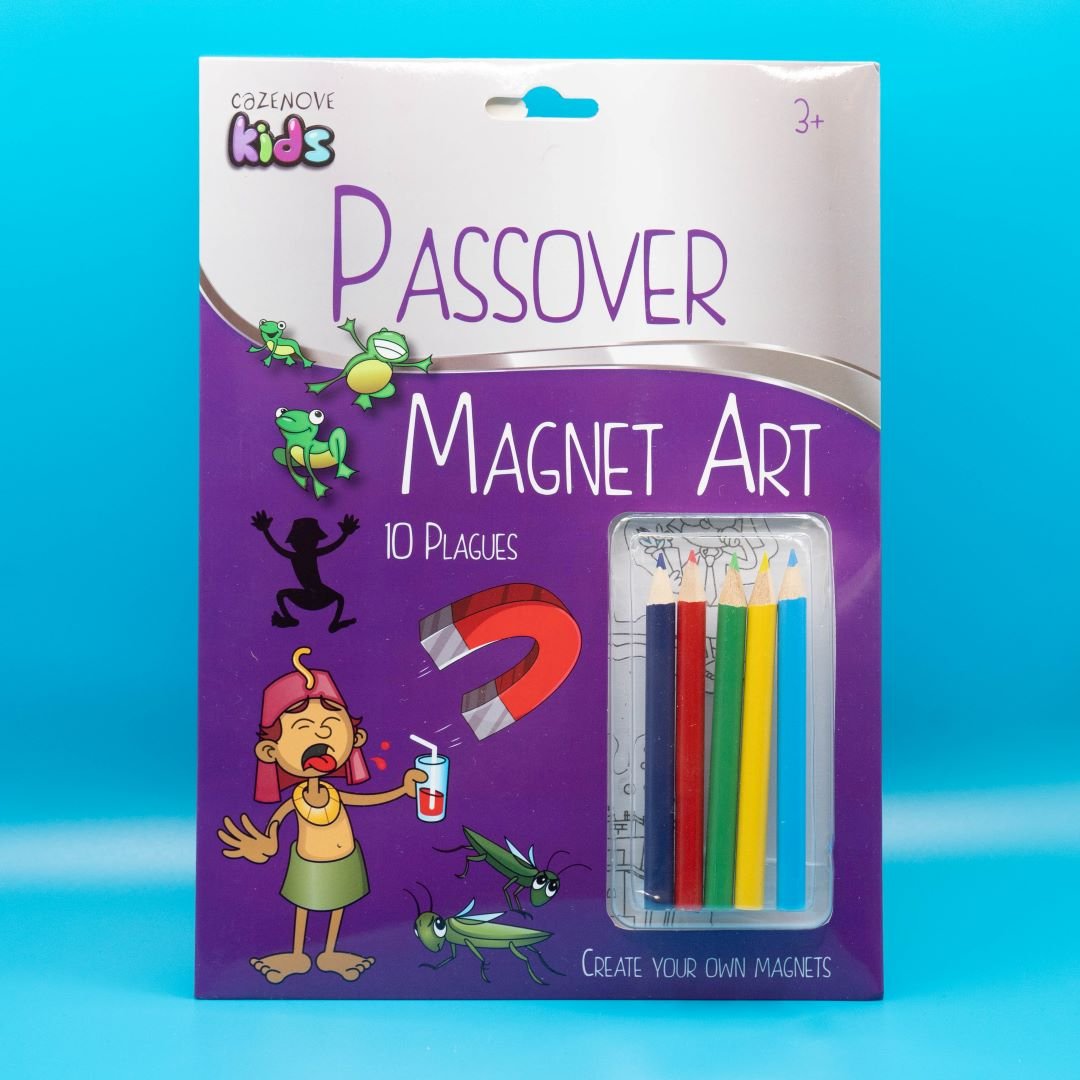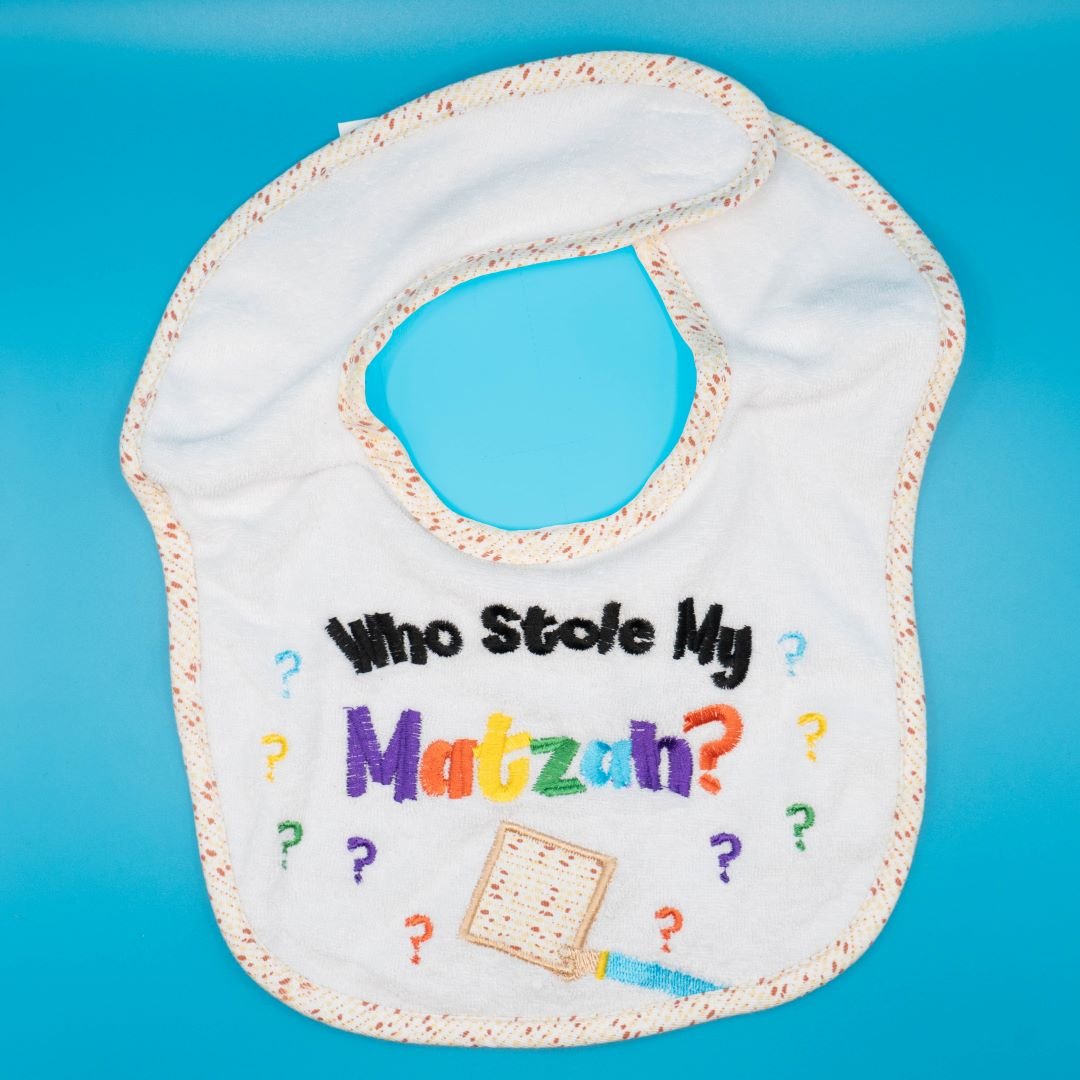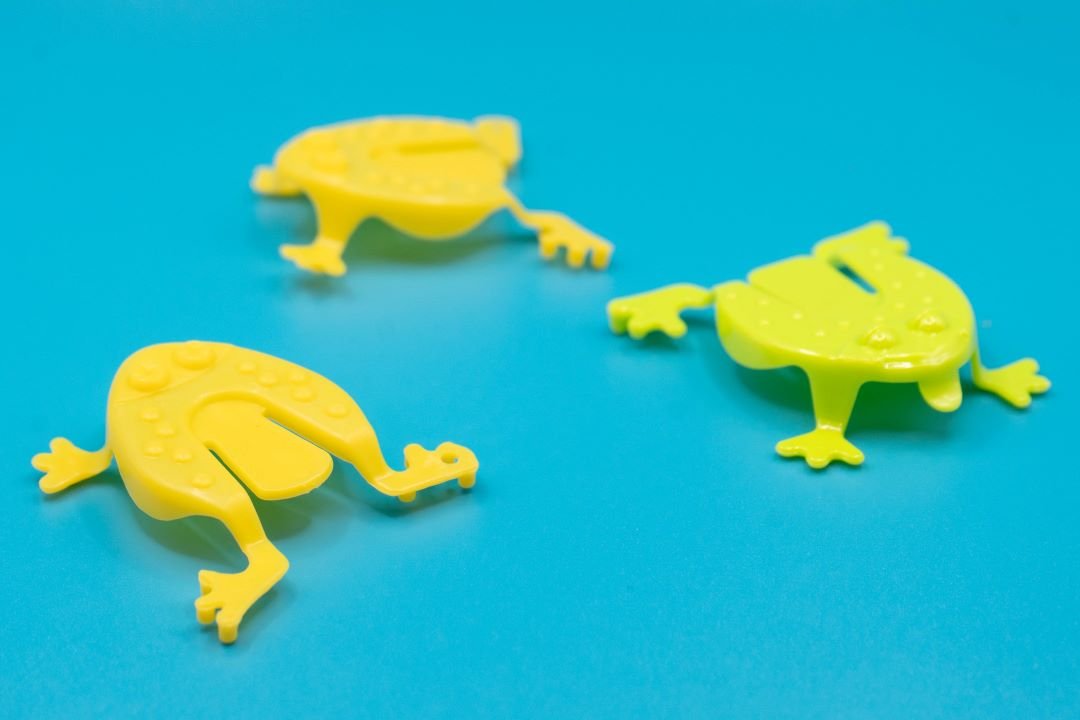What do I need to have a Passover Seder?
On the 15th day of Nisan in the Hebrew calendar, Jews around the world hold a Passover Seder to recall and retell the story of the Israelites escape from slavery in Egypt. Whether you hold one Seder on the first night of Passover, or a second one the following evening, preparation for a Seder can seem overwhelming, but it doesn’t need to be!
You can start with our free download for those hosting a Seder for the first time.
There are three main categories to consider when preparing for a Seder – the ritual items, the ritual food and ritual drinks. Here is a list of the ritual items suggested at reformjudaism.org. For more specific details about each item, please go to this link.
RITUAL ITEMS
Before the Seder begins you may start with Bedikat Chametz (searching for leavened food). You will need:a feather, wooden spoon, and paper bag for the searching, collecting and discarding of chametz (leavened food).
Chair cushions or Pillows for reclining.
Haggadot (Plural of Haggadah) -the book containing the liturgy for the Seder service and setting forth the order of the Passover Seder. 1 per person is ideal.
Seder plate for the ritual foods.
Matzah holder to place the 3 pieces of matzah which are required for the Seder.
Kiddush cups and/or wine glasses for the wine that will be poured out and drunk throughout the course of the Seder.
Candles and candlesticks to bless the festival candles at the start of the Seder.
Afikoman holder in which matzah will be placed before being hidden.
Pitcher or two-handled cup, big bowl, and dish towel (or hand wipes) for the ritual of handwashing during the Seder.
Afikoman gifts to reward the participant who finds the hidden Afikoman. .
RITUAL FOODS AND DRINKS
Kosher-for-Passover wine and grape juice to be poured out during the Seder.
Matzah to fulfill the commandment of eating unleavened bread.
Curious about what makes matzah and wine Kosher for Pesach? Our blog explains it all!
Parsley, celery, or other greens (karpas) to place on the ceremonial Seder Plate.
Horseradish (maror) to be eaten with Matzah during the Seder.
Shankbone or beet to be placed on the ceremonial Seder Plate.
Charoset ingredients to be blended before, and eaten during the Seder and serve as a reminder to the mortar used by the Israelite slaves in Egypt.
Roasted Egg to be placed on the ceremonial Seder Plate. Often hard boiled eggs are eaten as part of the meal to be served.
An orange to symbolize inclusiveness.
Salt water used for dipping foods into during the seder.
Eating a festival meal is a very important part of the Seder and time to do so is included in the Haggadah.
If you are looking for tips and recipes you can go to this link!
Some families started hosting virtual seders during and following the Pandemic years. Feel free to download our checklist for preparing to host a virtual Seder. If you are considering gathering virtually this year.
Our Seder Box was created to provide basic necessities for hosting a Seder whether in person or virtually! We published an exclusive Haggadah to JewJu Box that combines tradition with inclusive language and modern sensibilities. In it you will find handcrafted Matzah holders, dishes to create your own Seder Plate in combination with your own dinnerware, small-batch recipes, candles and a Kiddush cup. We now have activities to add to your box for children who may be attending your seder. Please go to our JewJu Box Pesach webpage for all the details!

